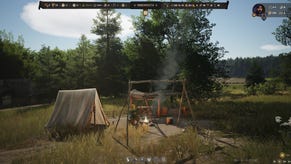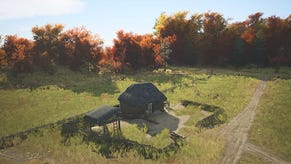How to set up Starfield cargo links and inter-system links
It's all connected
Setting up Starfield cargo links makes inventory management much easier as you spread across a system and beyond the stars. It’s also required for running supply line missions, which take so much time for so little payoff that they aren’t really worth the effort - unlike the proper Supply Line mission on Neon. What is worth the effort is having a network of resource extraction that provides you with materials continuously, so you can mod and research until the space cows come home.
Starfield cargo links
Starfield cargo links explained
Starfield has two kinds of cargo links. The first is your standard link that you can set up with comparative ease at outposts just by plunking down storage modules and linking them together via a cargo link. Linking takes a few seconds to set up, and the modules require a few common materials. You can buy them from pretty much any vendor in the galaxy, including the Trade Authority.
These only let you shuffle items in a given system – only planets in the Alpha Centauri solar system, for example.
The second type of cargo link is an inter-system link, which, as you might guess from the name, lets you move items around between outposts in different systems. These take a bit longer to build and take more materials, including some rarer ones. Inter-system cargo links are useful if you don’t want to pile a bunch of cargo hold modules on your ship, and you will need to set them up to haul shipments in the supply line missions. If neither of those apply to you, though, feel free to ignore cargo links entirely.
You need similar modules and setups for both.
How to set up a cargo link in Starfield
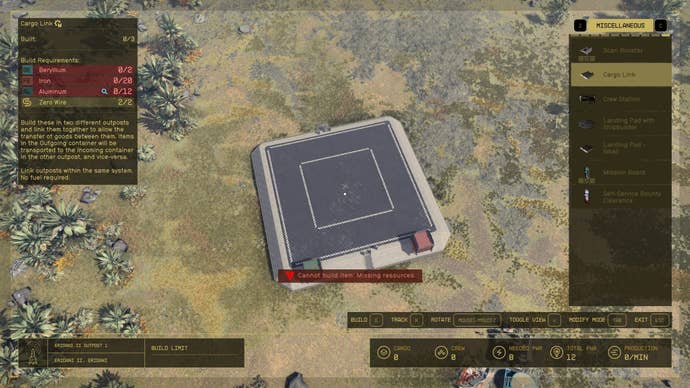
Setting up cargo links is a bit fiddly until you get used to it. You need:
- A cargo link (module under the “Miscellaneous” tab)
- An extractor
- A storage tank
Cargo links require beryllium and zero wire, which you can't normally find in your average shop. Check your planet resource maps for beryllium, and stop by a planet's Trade Authority branch for some Zero Wire. Make sure to check with your companions, too, in case you offloaded some resources that you forgot about.
Storage tanks are technically optional, since you can create a connection between an extractor and the cargo link's outgoing box. If you want to move items en masse, though, you'll want at least one or two storage containers.
You can use basic storage containers to just shuffle weapons, items, and processed resources around. If you want to move extracted resources around, though, you’ll also need an extractor. The next steps assume you’re using an extractor, since obtaining and moving resources is the most valuable way to use cargo links.
How to send items in Starfield cargo links
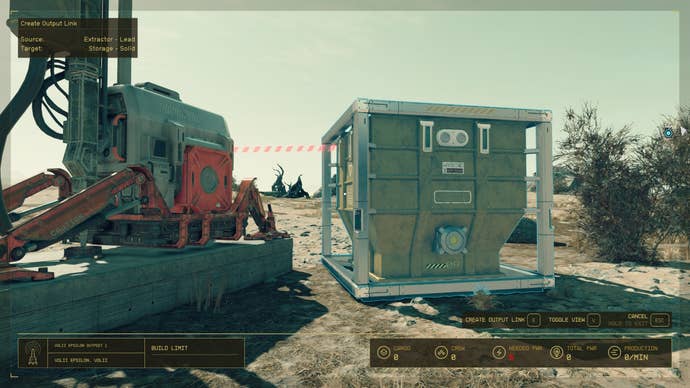
Interact with the extractor, and set its output to the storage container you want to use. Make sure your storage container can receive the type of resource you’re extracting – gas, for example, or mineral. Link the storage container to the cargo link pad’s outgoing box. Seeing the links and which one is going where works more easily in overhead view mode, so switch to that if you have trouble seeing.
That’s all you need to do at the first outpost. If you plan on extracting and moving large quantities of resources, make sure to set up multiple storage containers. You can link storage containers together so they share capacity and then link the last container in the chain to the cargo link outgoing box to transfer all materials from the linked storage modules at once.
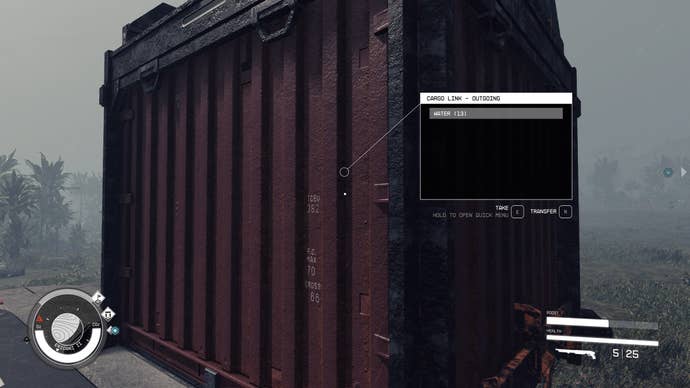
How to receive items in Starfield cargo links
Head to the outpost where you want to receive items, and repeat the steps you just did. Build a cargo link, set up your storage, and link it all together – this time, to the incoming box on the link platform. Approach the terminal on the cargo link, and select which outpost you want to link this one to.
And that’s it! You can technically just get by with the incoming box and no extra storage if you aren’t shifting large quantities of materials around. Just make sure to check the incoming box and remove your materials from time to time.
Do these steps again to link other outposts in your network if you need to.
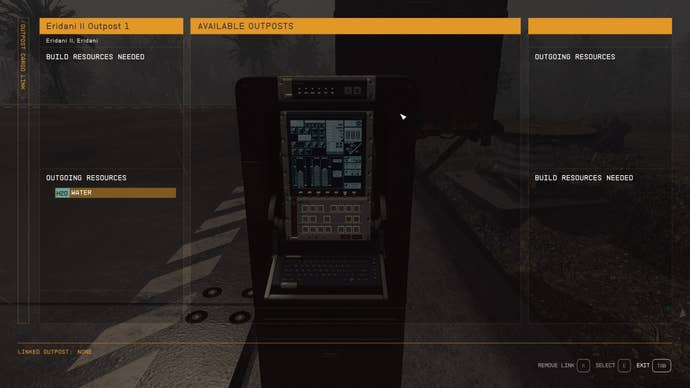
Starfield inter-system cargo links
Inter-system cargo links work in exactly the same manner, except you need helium to power them. The easiest way to handle this is by placing a helium-3 generator on the storage containers you’ve linked to the outgoing or incoming box. That will automatically power the cargo link, so you’re good to go.
If you need some help getting started with your space base, check out our Starfield outpost building guide and maybe consider selling your ships you don't need anymore to fund your furnishing and material purchases.
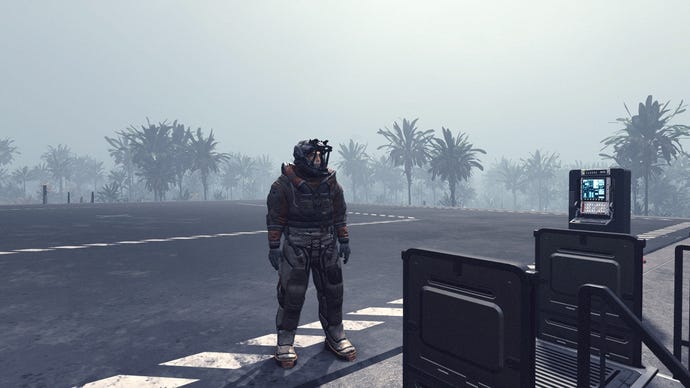

.jpg?width=291&height=164&fit=crop&quality=80&format=jpg&auto=webp)








